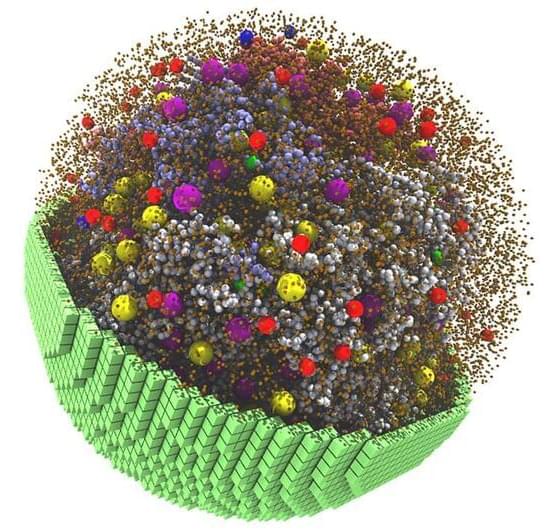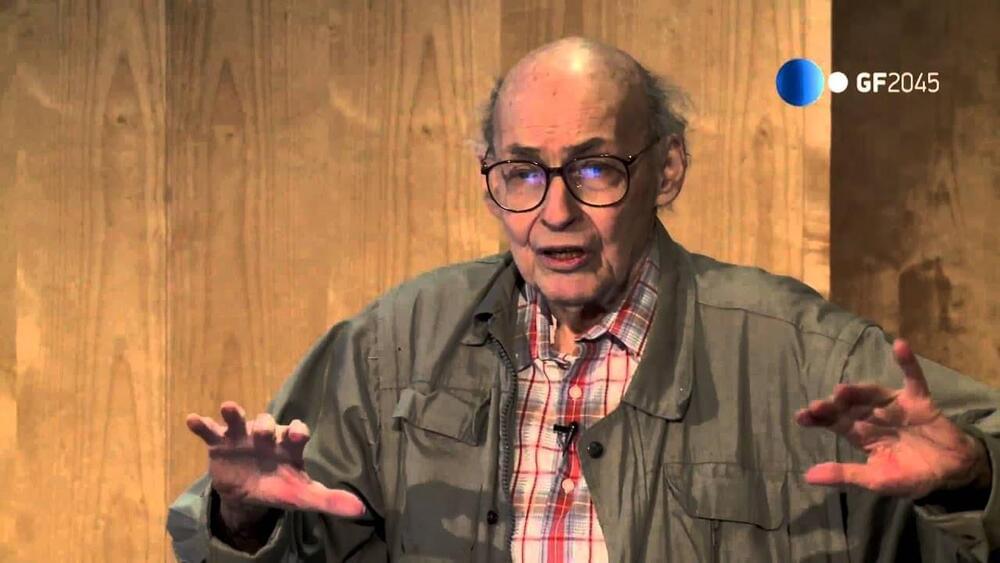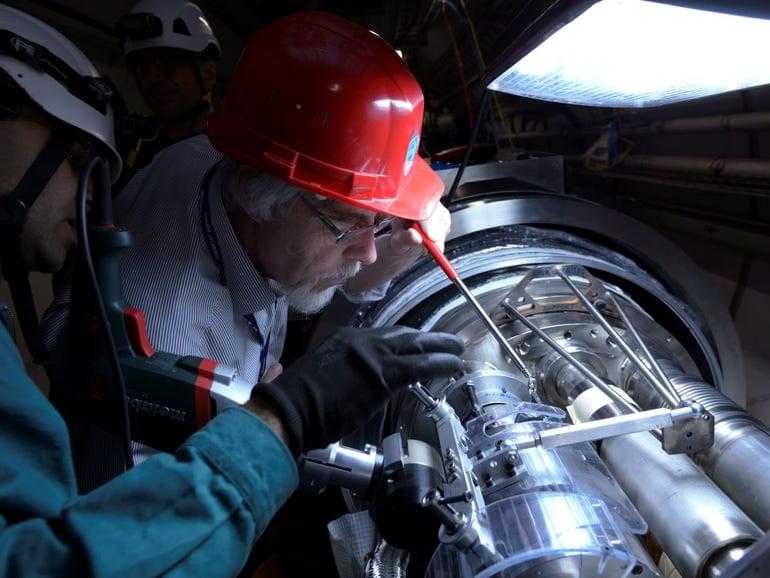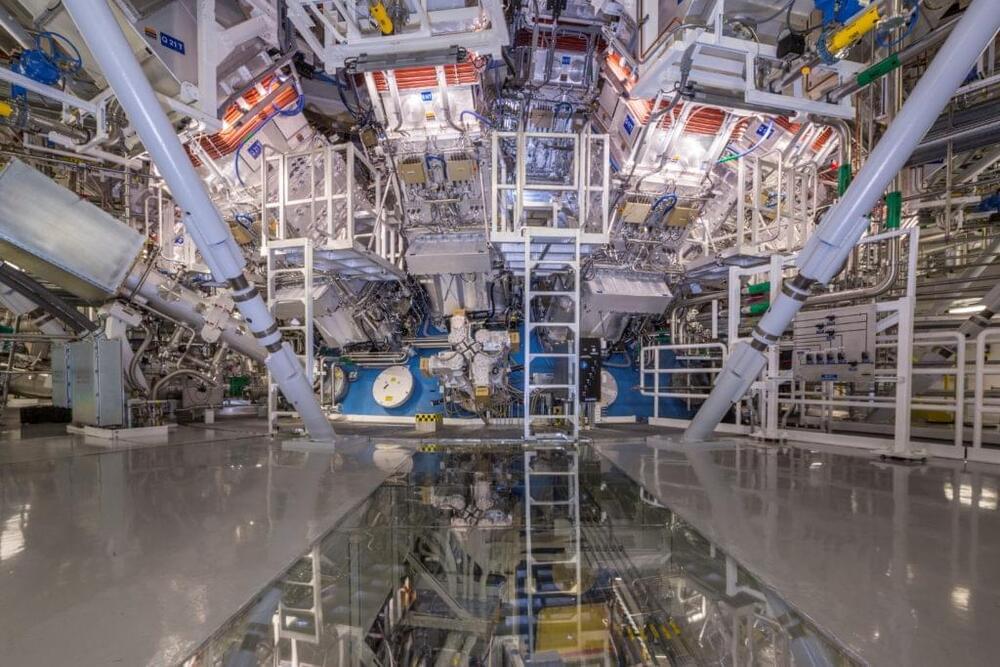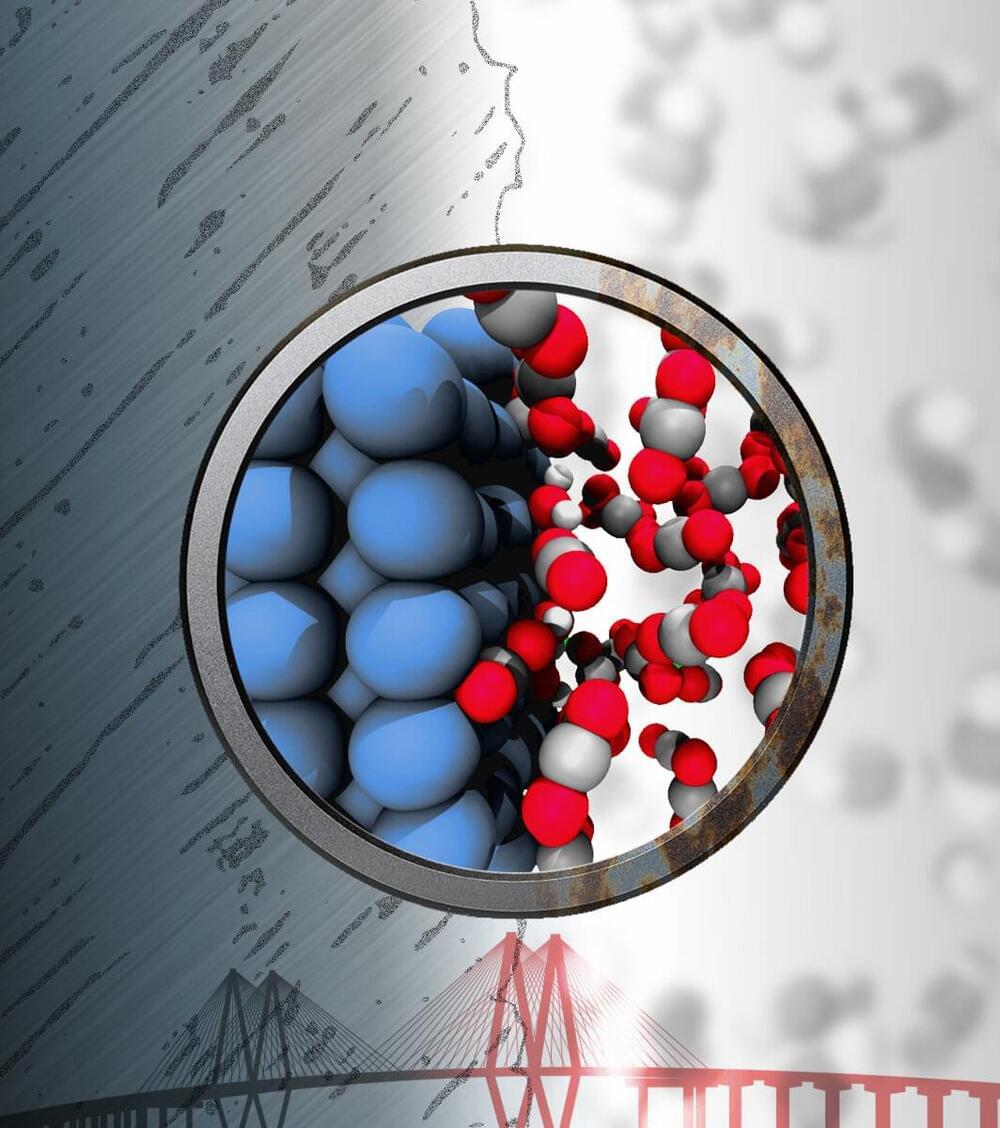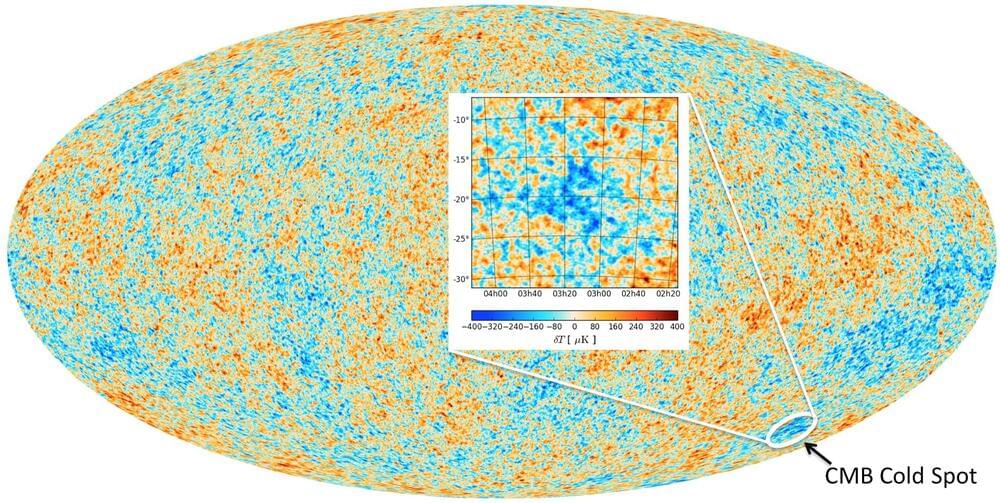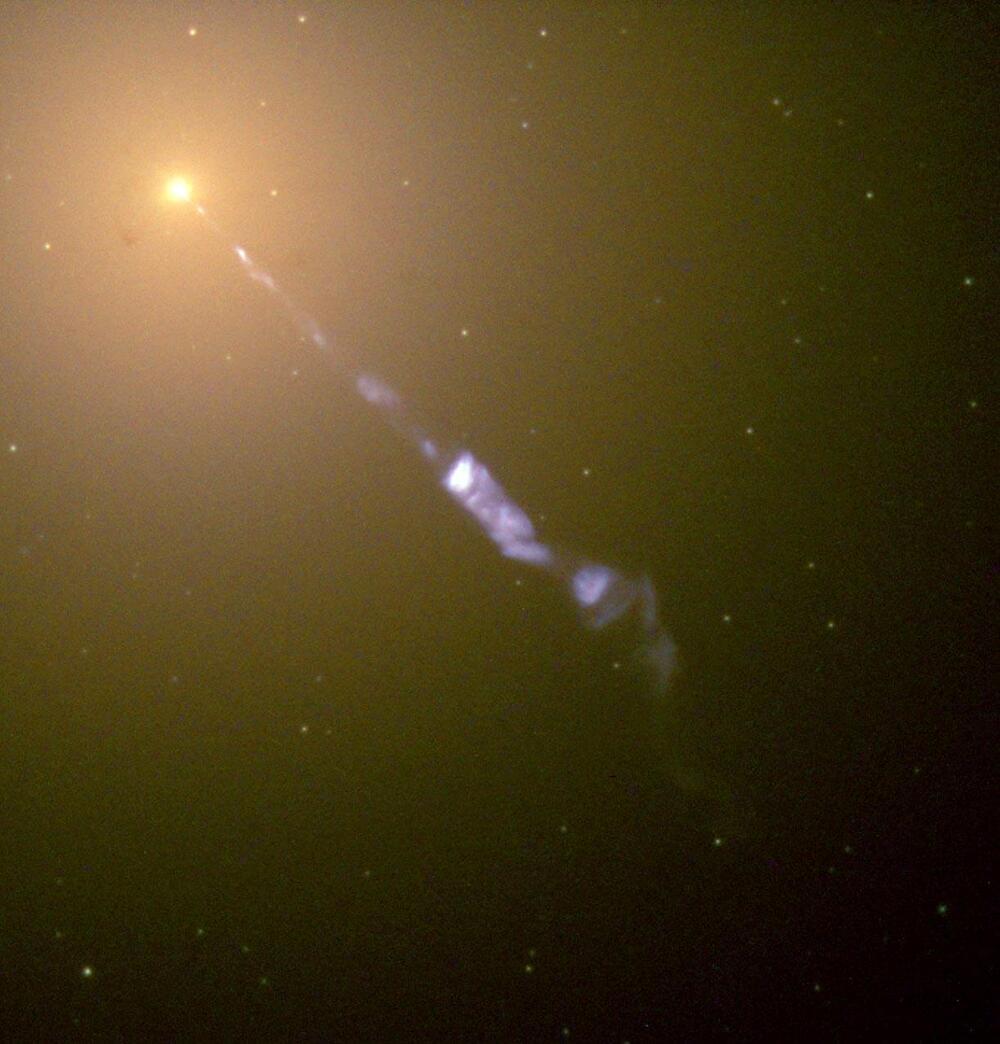Jan 31, 2022
NVIDIA GPUs Enable Simulation of a Living Cell
Posted by Shubham Ghosh Roy in categories: chemistry, computing, genetics, particle physics
Researchers from the University of Illinois developed GPU-accelerated software to simulate a cell that metabolizes and grows like a living cell.
Every living cell contains its own bustling microcosm, with thousands of components responsible for energy production, protein building, gene transcription and more.
Scientists at the University of Illinois at Urbana-Champaign have built a 3D simulation that replicates these physical and chemical characteristics at a particle scale — creating a fully dynamic model that mimics the behavior of a living cell.
Continue reading “NVIDIA GPUs Enable Simulation of a Living Cell” »
